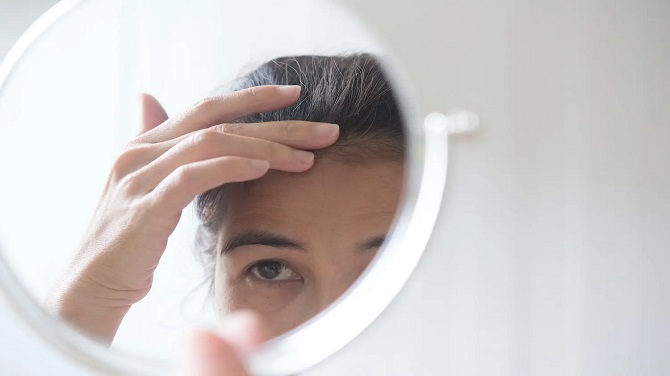These two very different medications were given regulatory green lights around the same time, transforming millions of heads. How do they differ? The two primary medications for treating male pattern baldness – androgenic alopecia, which also affects women but in different ways – are finasteride (sold as Propecia, Fincover, Finalo, Finpecia, and Finax, among others) and minoxidil (sold without a prescription under the names Rogaine, Kirkland, Basic Care, Bosley, and several others). Both have been around for more than 20 years, with full approval from the US Food and Drug Administration, and as such have a documented track record. Both are
Read more · 4 min readHair loss in men and women comes in varying degrees and patterns. It might be an overall thinning, as women tend to experience, or most often at the crown on men. Fortunately, for those who wish to combat sparse follicles there are several different approaches for doing so. But not everyone wants to initially jump into such hair loss treatments as medications, hair restoration surgery, or hair replacement systems (wigs, weaves, extensions, toupees, implants, and the like). Sometimes, addressing thinning hair might be a matter of simply dressing up for special occasions, such as a wedding or reunion. Those are times
Read more · 3 min readThere is genuine reason to be excited over what human stem cells can do to regenerate tissue – and hair restoration might become a common application. There are many kinds of hair loss conditions.But the one associated with aging is almost universal. Men and women alike lose their hair over time, some more so than others. Recent research out of Northwestern University has recently uncovered the specific mechanisms for this. As published in Nature Aging (“Escape of hair follicle stem cells causes stem cell exhaustion during aging,†4 October 2021, Rui Y, et al.) and subsequently reported by the U.S. National Institutes
Read more · 3 min readThe obsessive, compulsive, and seemingly involuntary tugging and pulling of one’s own hair is a perplexing condition with complex solutions. With so much social attention on healthy, lustrous hair, it might be hard for most of us to grasp the trichotillomania, one of the more troublesome hair loss conditions. It involves the chronic, compulsive-obsessive behavior of pulling out one’s own hair. The effects are patchy baldness and is generally considered disfiguring. Both women and men experience this hair-pulling disorder, although ten times more women do it than men. Children sometimes have trichotillomania (TTM) as well. Research finds that between 0.5 and 2
Read more · 3 min readThis para-medical approach to treating hair loss might well be a first step in addressing baldness. It’s a holistic way of keep your hair “up there.†The things that can cause hair loss – genetics, toxins, medications, illnesses, grooming techniques, stress, and mental illness – illustrate how multifactorial hair loss can be. And, it shows us how some medical as well as non-medical specialists (such as your hair stylist), may not have the best qualifications to diagnose thinning hair or provide hair loss solutions. This is what gave rise to trichology, a para-medical approach to hair and scalp health. Trichologists, the practitioners
Read more · 4 min read





